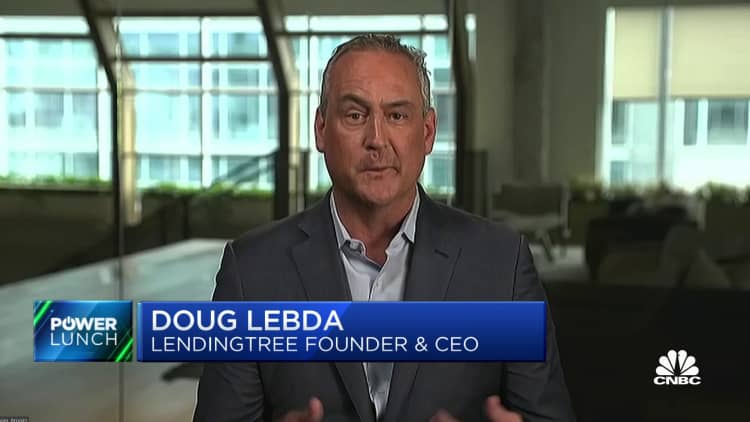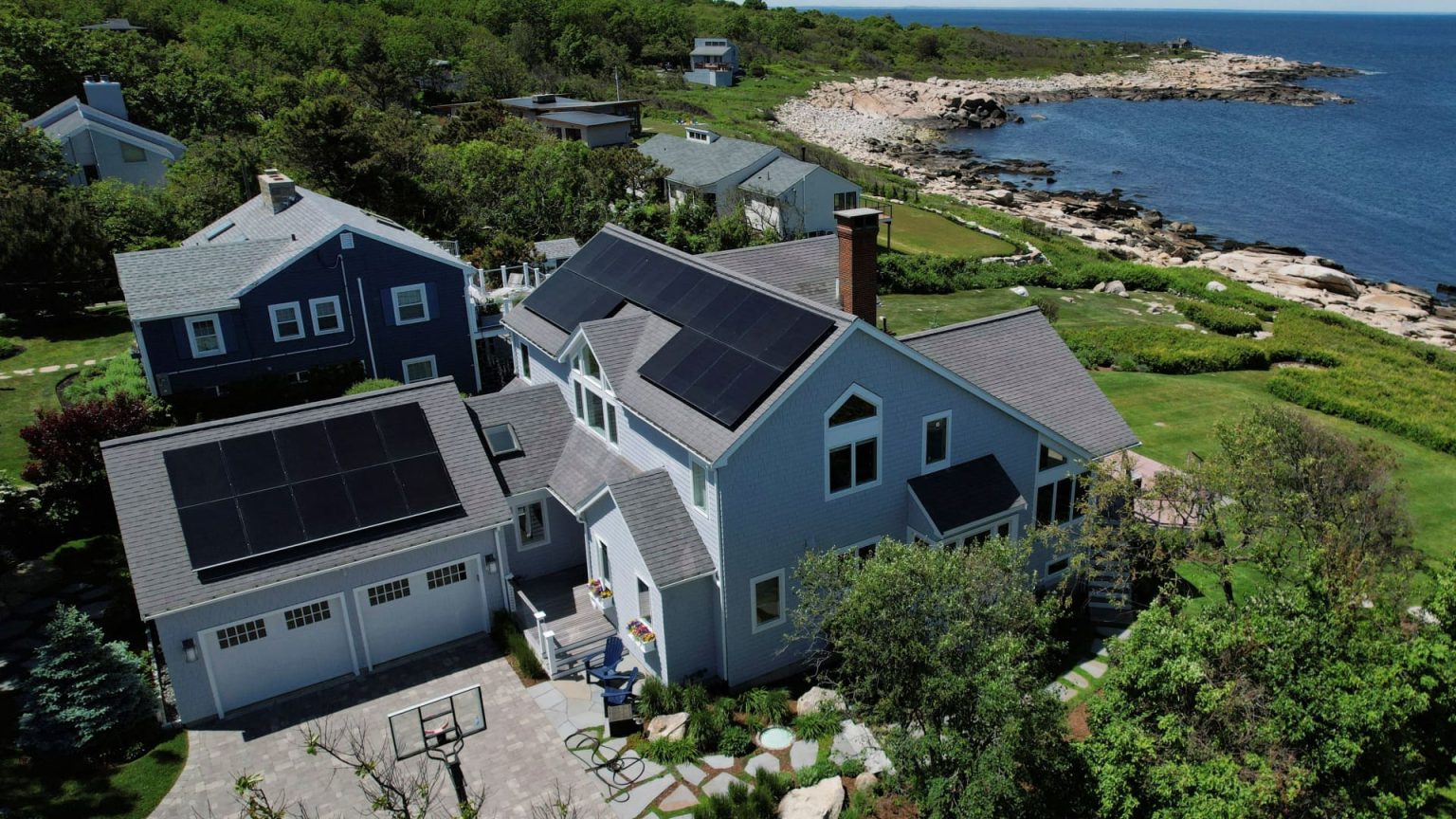Solar panels create electricity on the roof of a house in Rockport, Massachusetts, U.S., June 6, 2022. Picture taken with a drone.
Brian Snyder | Reuters
The residential real estate market has been volatile due to rising interest rates, but the peak spring season — if challenging for buyers and sellers — is here. For many potential homebuyers, a green mortgage could be a good idea, especially as incentives for energy-efficiency upgrades increase and costs of new climate technology are coming down.
A green mortgage — also known as an energy-efficient mortgage — is different than a conventional mortgage in that it allows borrowers to finance certain green improvements at the same rate and terms as their home purchase. For many homebuyers this could mean making environmentally-friendly upgrades sooner than they might otherwise be able to afford, while also reducing their monthly energy costs.
Here is what you need to know about green mortgages and financing a home purchase.
How energy upgrades are rolled into a housing loan
If the home you’re considering needs various energy-efficient upgrades, as many houses do, it pays to see what a green mortgage can offer. In the past, buyers may have walked away from a home purchase because the windows were in rough shape or because the water heater was old, said Kevin Kane, chief economist with Green Homeowners United, a residential energy efficiency construction firm in West Allis, Wisconsin.
With an energy-efficient mortgage, homebuyers can finance these types of improvements on better terms.
The U.S. Department of Housing and Urban Development, one of the entities that offers energy-efficient loans, cites the example of a couple who bought a California home for $150,000. They got an FHA loan for 95% of the property’s value. Based on estimates from a required home energy assessment, the lender set aside an extra $2,300 for the improvements, bringing the total loan amount to $144,800, from $142,500. The couple’s monthly mortgage payments rose by $17, but they are saving $45 a month due to lower utility bills.
To be sure, green mortgages won’t be appropriate for everyone. This includes consumers who are buying a new construction or a renovated house that’s Energy Star-certified.
The Inflation Reduction Act and home improvements
The Inflation Reduction Act — an expansive climate-protection effort by the federal government — makes green improvements even more advantageous for would-be homebuyers.
Kane offers the example of a home that needs a new air conditioning unit. Instead of replacing it outright, a prospective buyer might instead consider installing a heat pump and rolling the cost into a mortgage.
The homeowner could then be eligible for a tax credit of up to $2,000 and a rebate, depending on income, that amounts to 50% to 100% of the unit’s cost up to $8,000.
“You can do it now and not shell out the cash upfront because the bank rolled it into your mortgage, and you can get the incentives which make it a lot more advantageous,” Kane said.
Financing requirements and restrictions
There are restrictions on what can be financed, and there are caps on what can be included in a green mortgage.
For example, Fannie and Freddie Mac’s specifications say that the maximum available energy financing is 15% of the “as completed” value of the property, which is the appraised value of the home once the upgrades are finished. So, under these programs, an eligible buyer with a home valued at $100,000 after upgrades can receive up to $15,000 from the mortgage transaction.
There’s also an extra step that typically has to happen before financing is approved. That is a home energy assessment by a trained professional to analyze the home’s energy usage and recommend energy-saving improvements. The evaluation projects the cost and potential savings for each improvement.
Additionally, to comply with the terms of the mortgage, homeowners have to be committed to finding contractors and completing the work on an existing structure in a set period of time, generally three to six months, said John W. Mallett, a mortgage broker and founder and president of MainStreet Mortgage in Westlake Village, California. This might not be appropriate for people who want to take their time fixing up their house. They might be better off with a different type of financing later on, he said.
Most lenders should be able to offer green mortgages, but it’s helpful to work with one that does them regularly, said Drew Ades, senior advisor at RMI, a nonprofit that focuses on accelerating the clean energy transition. The lender can refer you to a home energy assessor it has worked with in the past, and the lender will also be familiar with how to maximize benefits for homebuyers, Ades said.
Be sure to compare costs and rates from multiple lenders before choosing a provider, Ades said, adding, “Just because someone is offering you this product doesn’t mean you are getting the best rate.”
Refinancing into a green mortgage
Existing homeowners looking to make energy-efficient upgrades may also want to consider refinancing with a green mortgage to include the cost of the updates. This most likely won’t be a cost-effective option for someone who refinanced when rates were at or near all-time lows since rates have moved significantly higher.
However, there are some scenarios where refinancing could still make sense, Kane said. He offers the example of first-time homebuyers who couldn’t afford to do improvements when they first bought their home and who haven’t owned it long enough to take out a home equity loan. They could refinance and roll the green improvements into the mortgage. If their interest rate is already 6.5%, a new rate might be around the same, and even if they pay $2,000 to $3,000 in closing costs, they may be able to unlock a similar amount in tax incentives under the Inflation Reduction Act, he said.

Read the full article here




